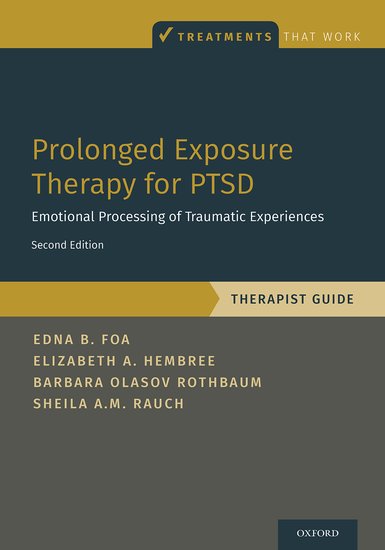MDMA is effective against PTSD and trauma!
MDMA therapy can be extremely effective in treating mental illness and gives new hope to people who have tried everything. Traditional therapies can take months or years to see any improvement, but MDMA-assisted psychotherapy has shown the ability to make significant breakthroughs in just a few sessions. MDMA's unique ability to increase empathy and emotional openness also plays a crucial role in therapy outcomes. It helps individuals access hidden emotions and experiences that can be difficult to access under normal circumstances. This heightened emotional state can enable profound healing by bringing repressed feelings to the surface, processing them, and ultimately integrating them into one's psyche. Furthermore, the positive effects of a session of MDMA appear to last long after the therapy is completed. There is lasting relief from psychological problems. In patients with PTSD, the MDMA sessions are sinfully effective that after three sessions 70% of the people no longer show the PTSD symptoms.
Which form of therapy helps with PTSD?
There are various forms of therapy that can help in the treatment of PTSD (Post Traumatic Stress Disorder). Cognitive behavioral therapy (CBT) is considered by most therapists to be the most effective treatment for PTSD. It focuses on helping people process and change traumatic memories so that the person can think, feel and respond differently to stressful situations. In addition, EMDR (Eye Movement Desensitization and Reprocessing) is also often used to treat PTSD. This is a short-term therapy that can help reduce negative emotions and memories of traumatic events. Exposure therapy can also be very helpful. The client is gradually confronted with certain situations that have arisen due to the trauma in order to make the triggers less severe.
Which form of therapy helps with PTSD?
Now to investigate that MDMA therapy shows better results than 'regular' cognitive behavioral therapy, you can ask yourself what the best combination between MDMA therapy and talk therapy will be. Of course, the perfect combination will differ per person, but there may be one combination that does much better on average. It seems that exposure therapy combined with MDMA is the magic combination. In particular, the repetitive aspect of 'prolonged exposure therapy' (PE) and the constructive confrontation with the traumatic triggers while someone feels 100% safe, causes different reactions to previously frightening triggers.
Prolonged Exposure therapy explained
Prolonged Exposure therapy (PE) involves repeatedly exposing the person to the traumatic event or a similar situation in a controlled environment. During therapy sessions, you are encouraged to talk about what happened and describe the details of the traumatic event. You may also be asked to relive the event using visualization techniques.
The goal of Prolonged Exposure therapy is to help the person process the traumatic event and reduce their symptoms of anxiety and avoidance. By confronting and processing the memories of the trauma in a safe and controlled environment, the person can learn to cope with the trauma and regain control of their life. Coping strategies are developed to deal with any stress or anxiety during the exposure exercises. This therapy is usually performed over a period of several weeks and involves several sessions.

Why exposure therapy is faster under the influence of MDMA
When a person with PTSD is exposed to the situations, conversations, sounds, smells or objects that they fear, they can become stuck. It can be a slow and painful process, leading to low motivation to continue treatment. MDMA can remove the blockage due to fears by sidelining the amygdala (fear center of the brain). Furthermore, MDMA can also improve communication between the brain areas involved in anxiety and memory. This can lead to a more effective therapy where exposure to triggers is easier.
In addition, MDMA can also improve empathy, strengthening the therapeutic relationship between the patient and the therapist and making the patient feel more comfortable during exposure therapy.
While using MDMA the brain can be in a euphoric, safe and/or happy state. During this phase, exposure therapy works at its best. Triggers that previously caused stress and anxiety to the brain and body do not do anything for a while, while the person in question is in a good state of mind. This creates a different association between triggers and responses. This can continue after the session, it seems that the brain has found a new way to process the stimuli it was exposed to while in a happy state during the MDMA session.
MDMA therapy in practice
We also see a lot of progress in people who have been able to work on the triggers during the MDMA sessions. It is sometimes not easy to identify or deploy all triggers. If you want to use MDMA therapy yourself, it is useful to identify all your triggers. Try to think of which situations, emotions, smells, images, thoughts or words play a role during the moments just before the fears and write them down, because it can be useful! In addition to this preparation, it is useful to bring the neurochemistry into balance, as this can have a major influence on the effectiveness of the MDMA session. Through the intake and questionnaire we can see what a good approach will be for you. Use the buttons below for more information.
